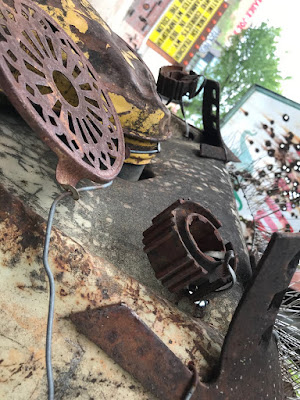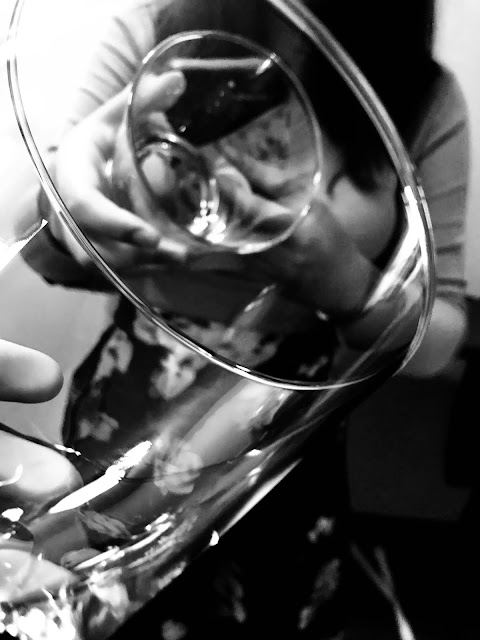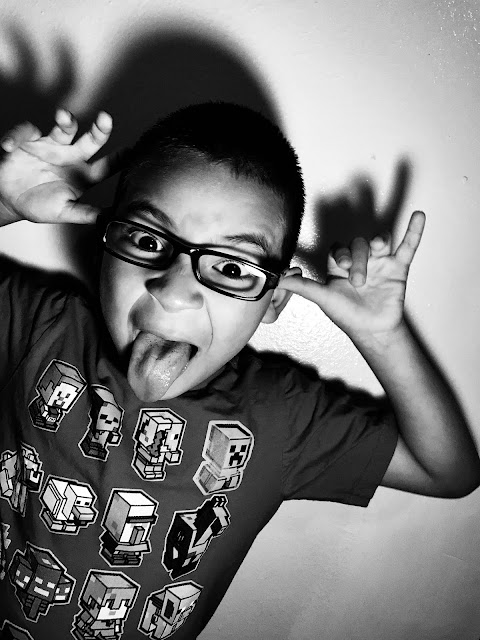A8. Camera Controls
Make a list of the 8 parts of a camera found on the front: Shutter button, lens mount, red-eye reduction, lens mount index, lens release button, mirror, microphone, built in flash. Make a list of the 4 settings seen in the viewfinder display: AF point, shutter speed, aperture value, ISO speed. Make a list of the 12 parts of a camera found on the rear: Eyecup, viewfinder eyepiece, LCD monitor, MENU button, playback button, wi-fi lamp, access lamp, set button, ISO speed setting button, quick control button, display button, erase button. Make a list of the 7 settings seen on the LCD Monitor Screen: Shooting mode, shutter speed, battery level, shots remaining, image recording format, ISO speed, aperture value Make a list of the 10 parts of a camera seen from the top: Focus mode switch, speaker, strap mount, hot shoe, power switch, mode dial, flash button, main dial, zoom ring, focus ring.




